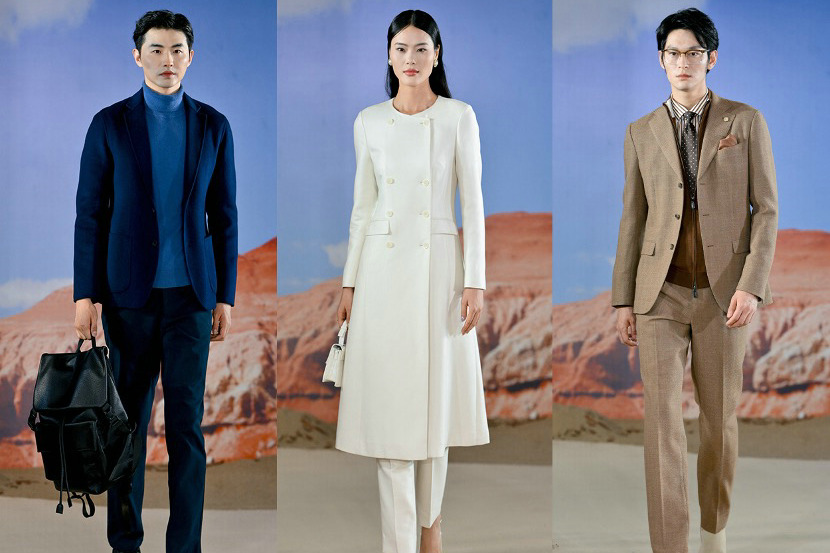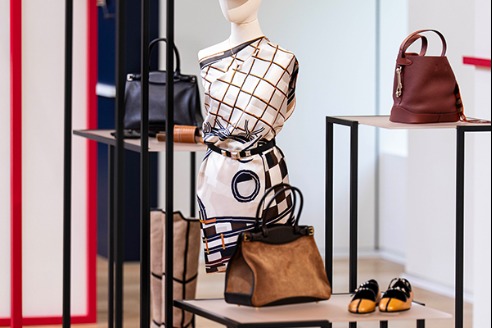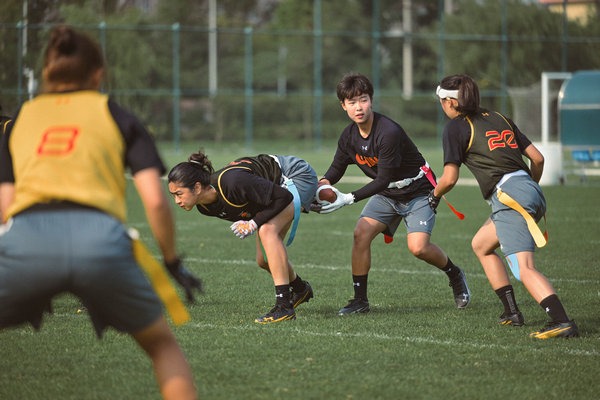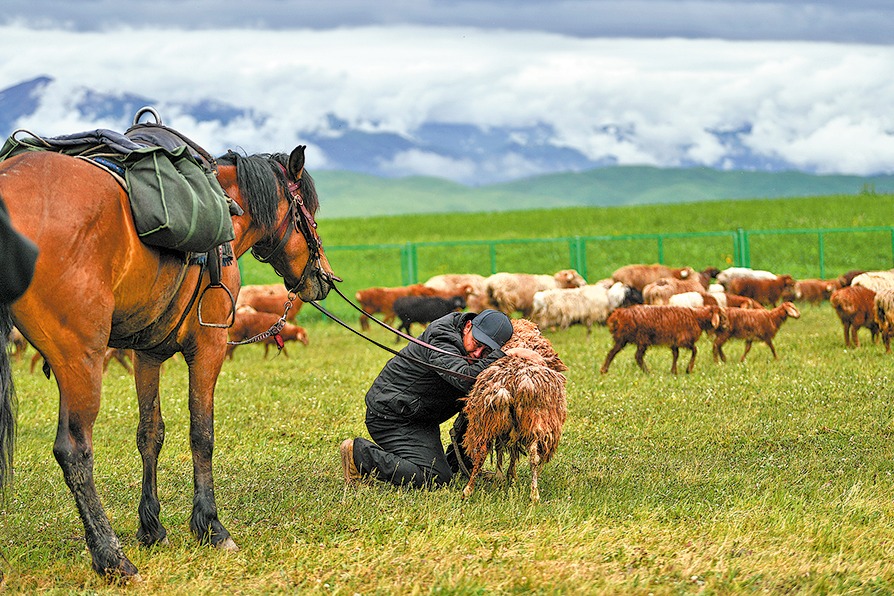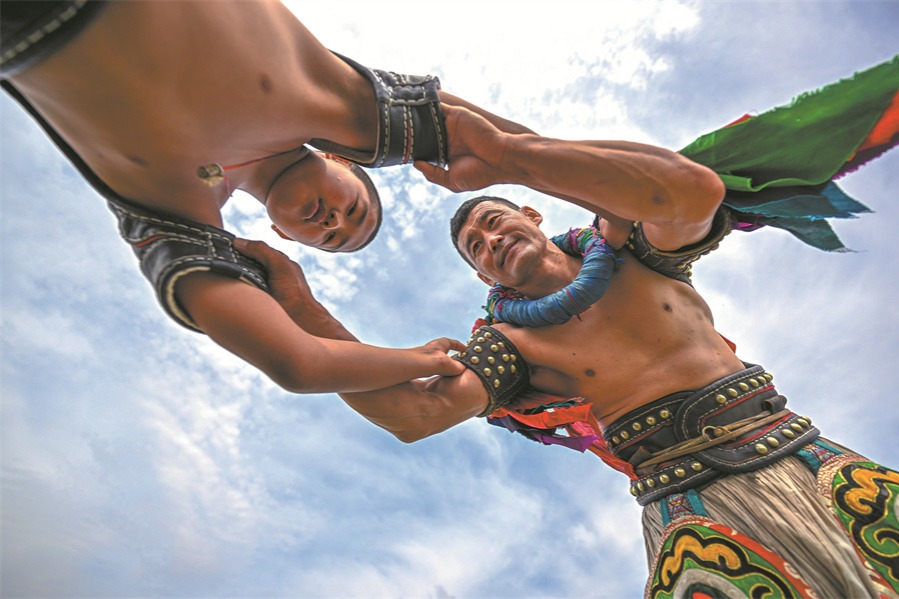Global minds meet in AI summer school
Students from 20 countries come together at a Beijing AI summer program, turning ideas into projects while exploring China's culture firsthand.


Teo Lee Cunningham never imagined he would help build an AI-powered game in China. After all, technology has never been his strong suit.
"My teachers and classmates often joke, 'Don't let Teo near the computer — he'll break it,'" said the 20-year-old history student at King's College London.
Yet this summer, Cunningham surprised even himself by joining the 2025 Chinese Government Scholarship International Summer School Program, hosted by Beijing University of Posts and Telecommunications (BUPT).
The four-week program, held from July 21 to Aug 17, brought together 56 students from 20 countries for cultural exchanges and technological collaboration.
A key feature of the program was a two-week AI workshop using Trufar, a no-code educational AI agent development platform created by BUPT students. The platform enables beginners to transform concepts into tangible projects without any prior coding experience.
"The Trufar system was incredibly helpful," Cunningham said. "For someone like me, with no background in technology or coding, it made turning an idea into a reality possible."
The idea Cunningham referred to is an AI tool to assist with English learning. Upon meeting his teammates from Cambodia, Romania, and China, Cunningham quickly realized that language barriers were a challenge — and technology could be the solution.
"We wanted to find a way to make communication easier, so we created an AI agent that turns learning English into a fun and interactive experience," he explained.
The result was Hungry Hangman, a vocabulary game where players use 26 letters and a clue to guess a five-letter word. Each incorrect guess brings a stick figure closer to being "hanged".When the figure is fully hanged, the player loses the game.
Among Cunningham's teammates was Beatrice Ioana Vasiliu, a 25-year-old Romanian student of international business at Hanze University of Applied Sciences (Hanze UAS) in the Netherlands.
She noticed how shared enthusiasm for technology brought the team together. "At first, everyone was a bit shy. But once we picked a challenging project and committed to it, we quickly bonded and became friends," Vasiliu recalled.
She also observed cultural differences in communication styles. While Europeans tended to be more direct, their Asian teammates often gave more polite, measured feedback.
"It was a great learning experience," she said. "I became more relaxed, and they became more outspoken."
Unity in diversity
Theodor Tomasik, 22, a Slovakian international business student at Hanze UAS, also worked with peers from different backgrounds, including a Vietnamese business management major and two Cambodian computer science students.
"I was struck by how much we had in common. We're all in our 20s, eager to learn, and dedicated to achieving our goals," he said.
Together, the team developed an AI healthcare assistant, Sok-Phea, designed to help users interpret symptoms, assess health risks, and receive personalized lifestyle advice.
It was one of the program's objectives to encourage students to step outside their comfort zones and collaborate with peers from diverse backgrounds.
Yang Feifan, 21, leader of the BUPT student volunteer team — a group that coordinates activities and supports international students — explained that teams were deliberately designed to mix nationalities, cultures, and disciplines to create an inclusive learning environment.
"The youthful energy of our volunteer team is a big advantage," she said. "We are the same age as the participants, so we understand their needs and interests. We all value creativity, fun, and genuine encouragement."
This supportive atmosphere not only promoted teamwork but also helped build lasting friendships.
Suon Senchey, a 21-year-old data science student from Cambodia, said he greatly benefited from the guidance of his Chinese assistant, Zhang Xu, while developing his team's fitness AI agent, JivitFit.
"When I needed technical support, Zhang didn't just solve the problem for me — he only provided me with information so I could figure it out myself," Suon said.
Zhang, a 19-year-old computer science student at BUPT, was deeply touched when Suon presented him with a traditional Cambodian krama as a farewell gift.
For Suon, the experience won't end in China. He plans to return home and share what he learned with his classmates. He also hopes to create a no-code platform like Trufar to give more young people in Cambodia access to AI technology.
Cross-cultural discovery
Beyond the AI workshop, students also explored China's rich cultural heritage and technological innovations.
At the Forbidden City, Vasiliu admired the tiny beast-shaped ornaments that lined the palace roofs and was intrigued by the traditional attire worn by young visitors at Beijing's historic sites — a style unlike what she had seen in Xi'an, Shaanxi province.
"I learned that traditional clothing in Xi'an is mainly inspired by the Tang Dynasty (618-907), while in Beijing it reflects the Qing Dynasty (1644-1911). It was such an interesting discovery," she said.
During a visit to tech giant Tencent, the students were impressed by the company's data centers, which are built inside mountain tunnels.
"The natural environment helps cool the servers and reduces energy consumption. It's inspiring to see sustainability seamlessly integrated with cutting-edge technology," Tomasik said.
For Yang, the summer school was a chance for mutual learning and for broadening global perspectives. For example, she observed that many international students balance studies with part-time jobs, travel, and even entrepreneurial ventures — something quite different from the more traditional, full-time academic paths most Chinese students follow.
"This cultural exchange revealed the diversity shaped by different environments and opened my eyes to new possibilities in life," she said.

















